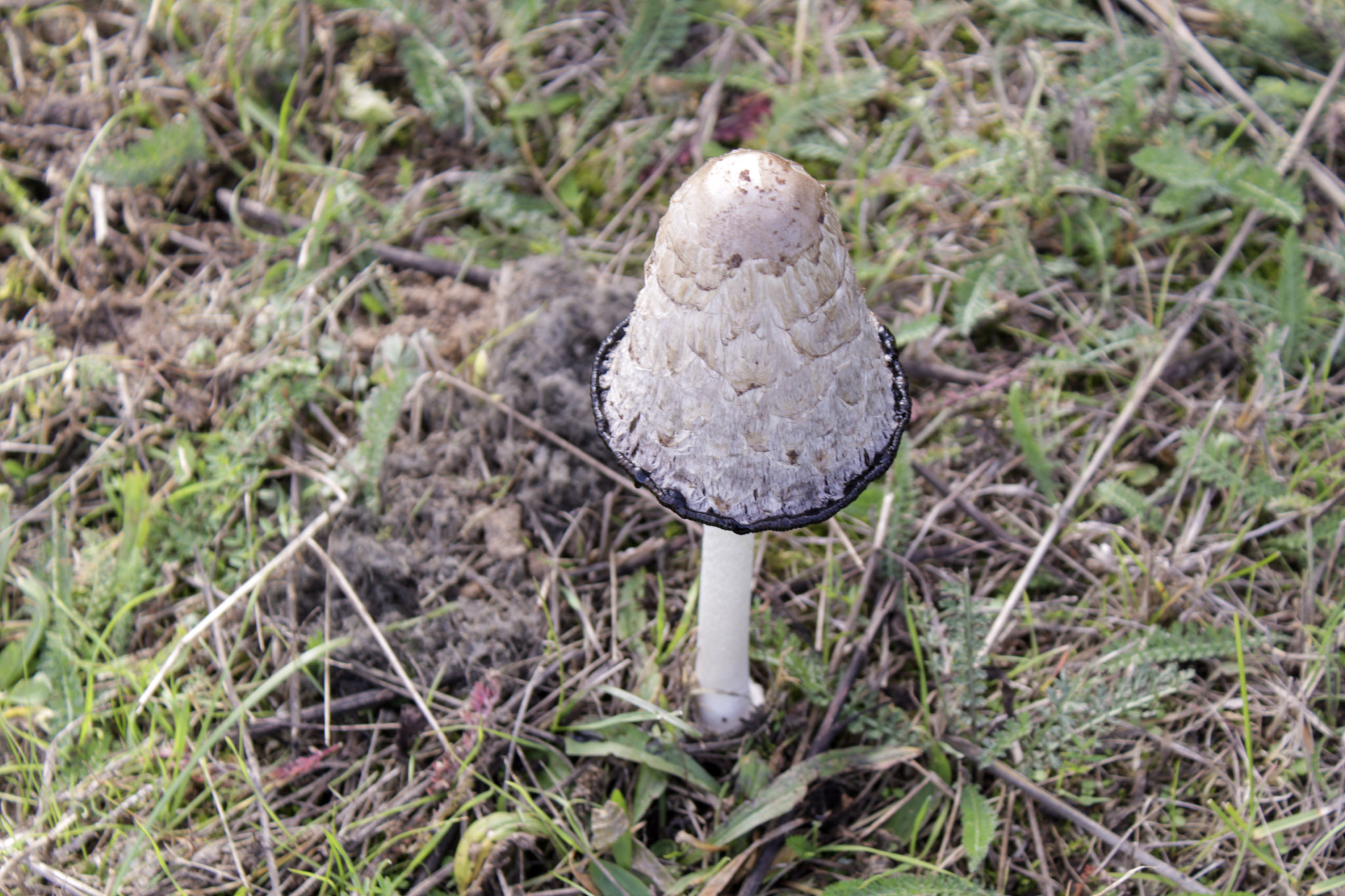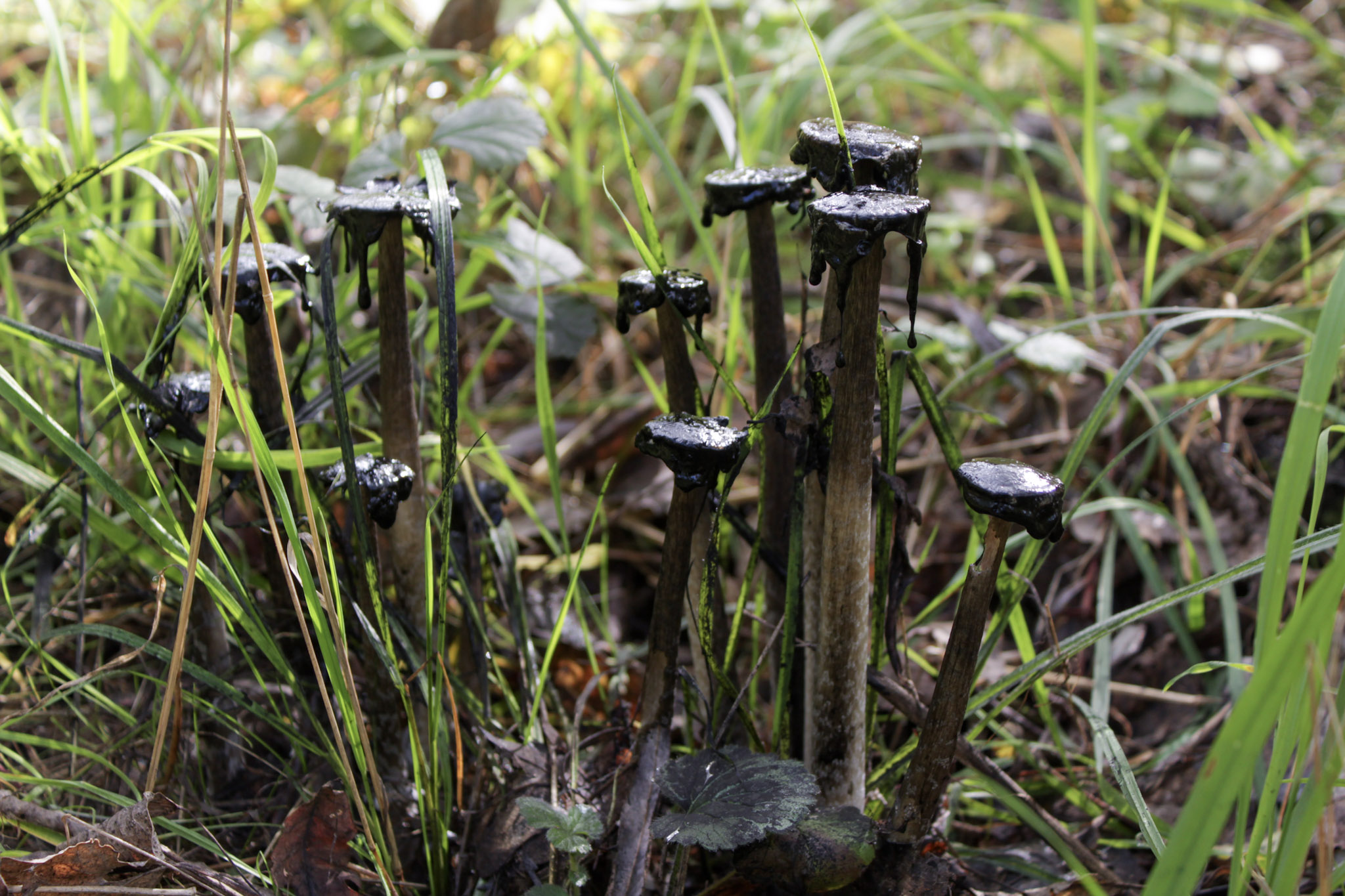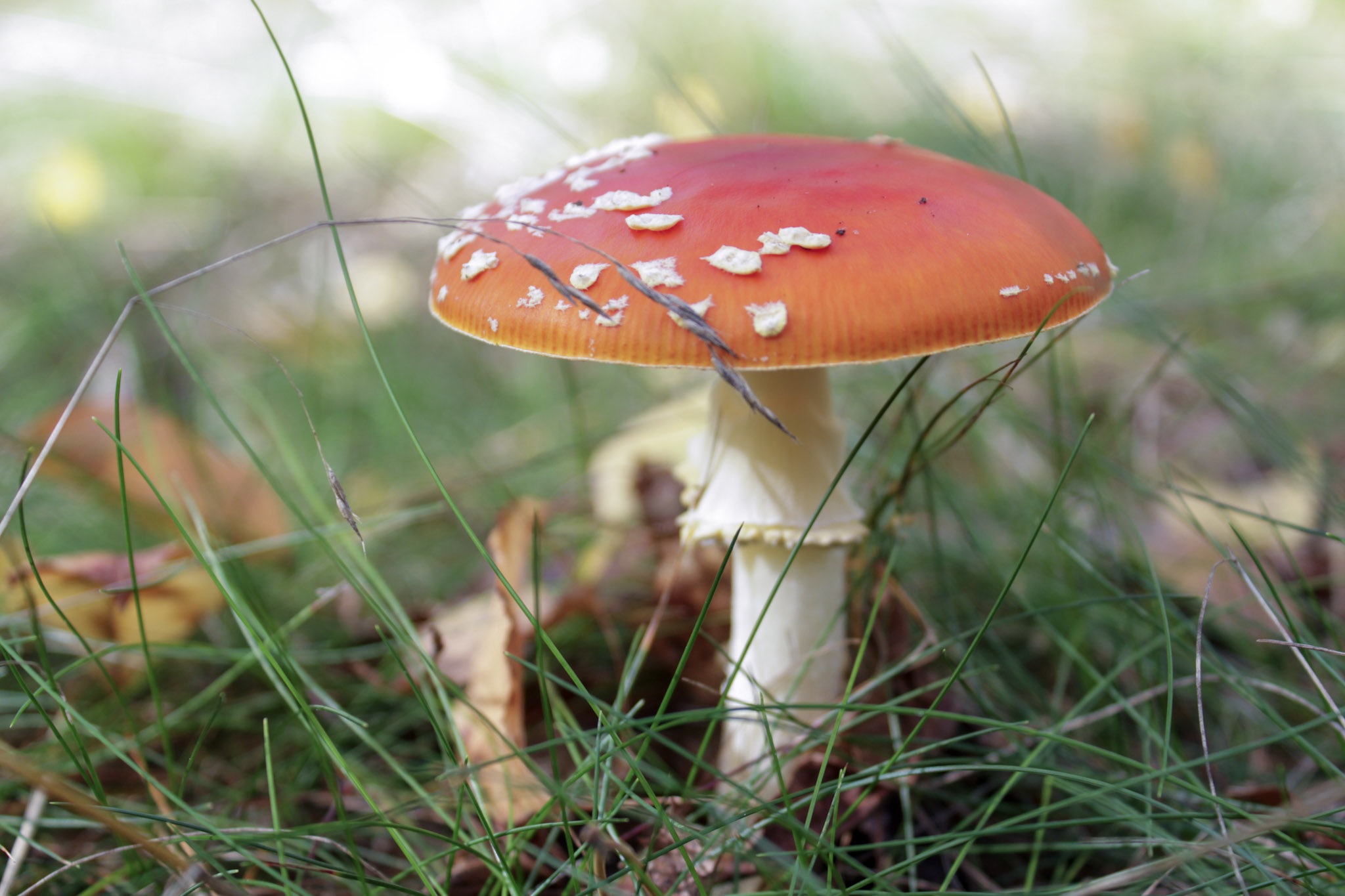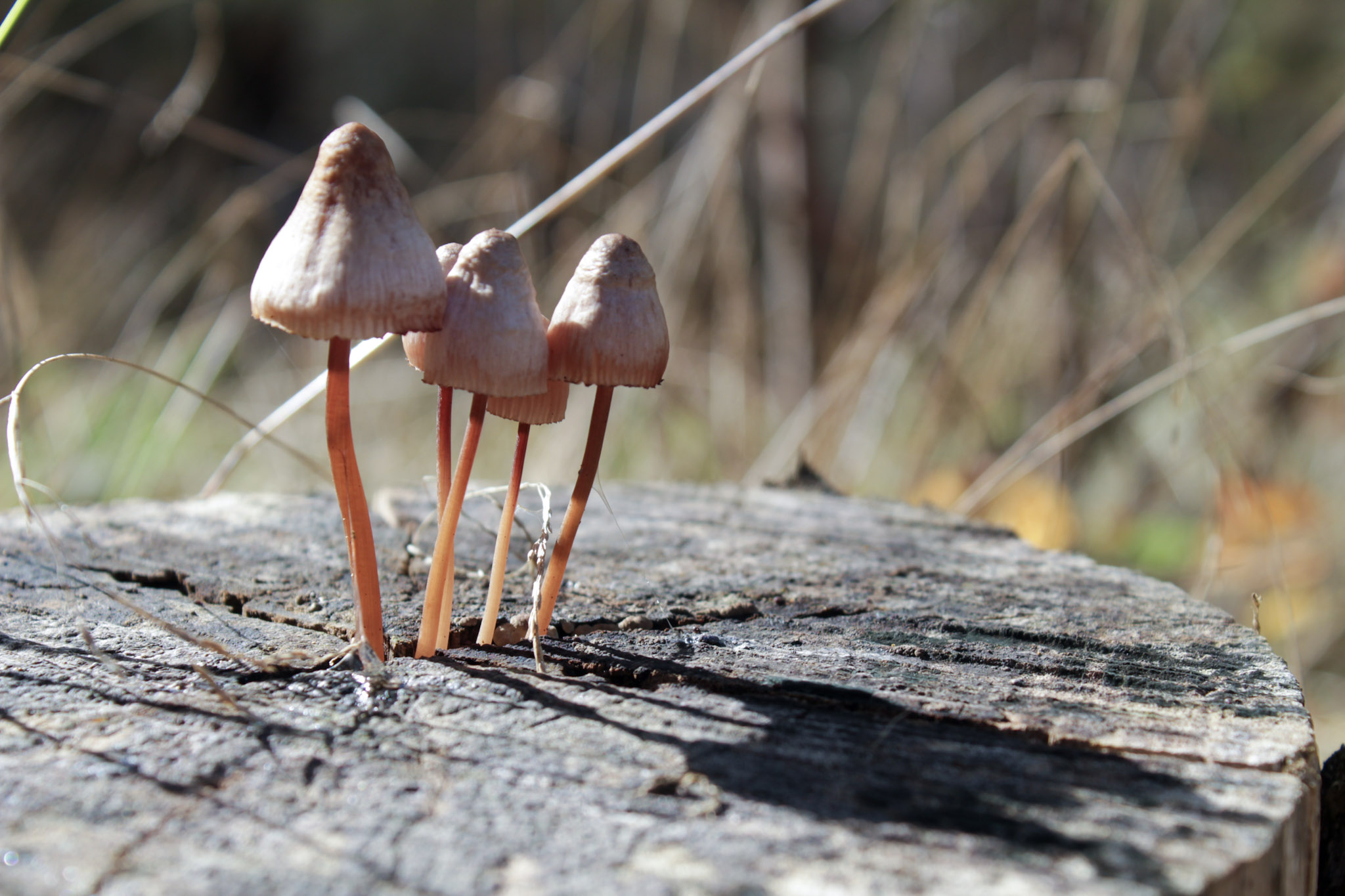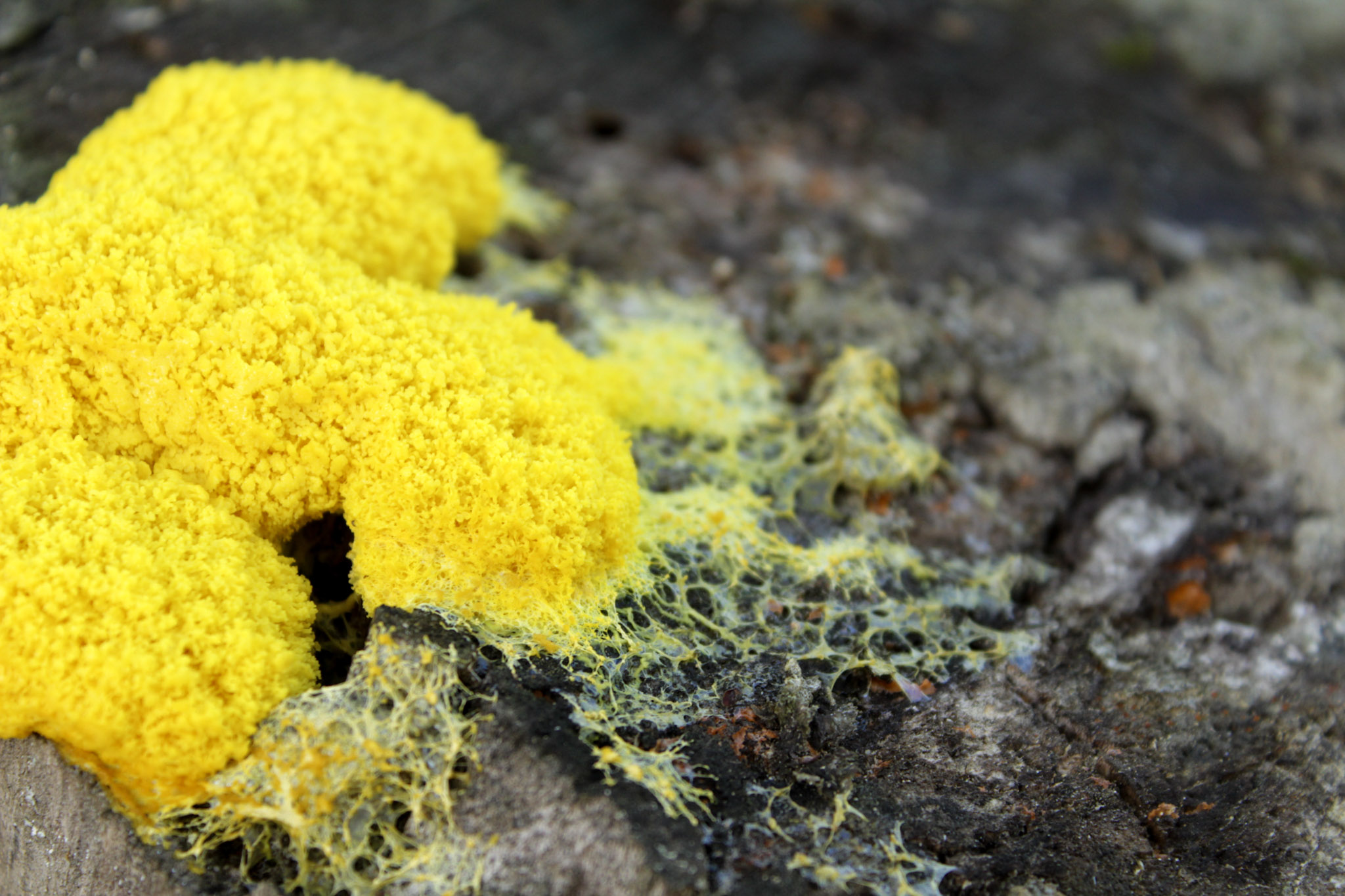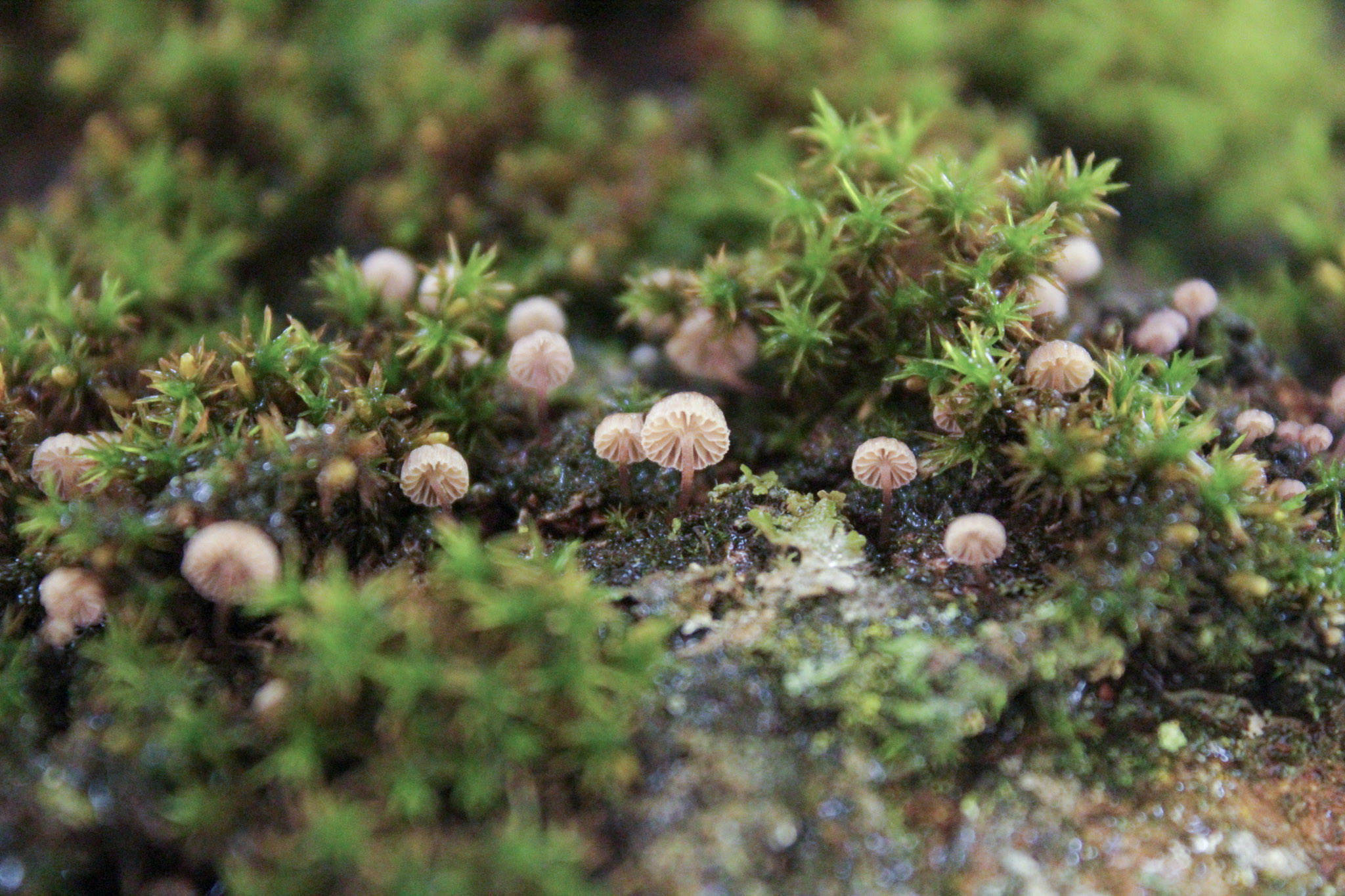mushroom magic
photography
When people think of magic mushrooms, they usually picture psychedelic mushrooms — the kind that contain psilocybin and can trigger mystical, mind-altering experiences. But mushrooms are magical for so many more reasons than that.
A kingdom of their own — neither plant nor animal — mushrooms remain rooted in place but, lacking photosynthesis, feed by absorbing organic matter from their surroundings. They are everywhere and yet often go unnoticed. The mushrooms we see and eat are just the fleshy fruiting bodies of a few species; most of their lives unfold invisibly, as fine, root-like structures hidden underground or within other materials.
It’s no wonder, then, that fungi — alongside bacteria — are among the least discovered life forms on Earth. Scientists have identified about 100,000 species so far, but estimates suggest there could be up to 5 million, or even 5 billion, different types of fungi. To put that in perspective: we probably know close to 100% of all mammal species, but only a tiny fraction of fungal diversity.
And that's a real pity — because mushrooms might hold solutions to some of the biggest challenges we face. They can be used to create all kinds of materials, from leather alternatives and biodegradable plastics to building materials sturdy enough for houses. This could dramatically reduce our impact on the climate and environment. Even more exciting: fungi can grow on almost anything, including toxic waste, and can even help filter water. True heroes, don't you think?
The following pictures aim to celebrate the incredible diversity of mushrooms — not just in their appearance, but in their "superpowers," ranging from edibility and psychedelic effects to being transformed into ink. And who knows what else they might be capable of?
